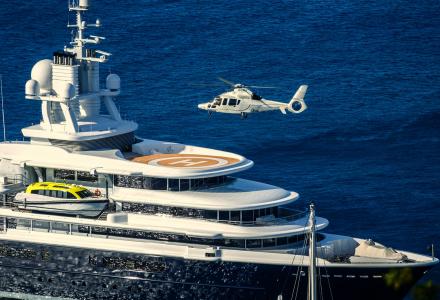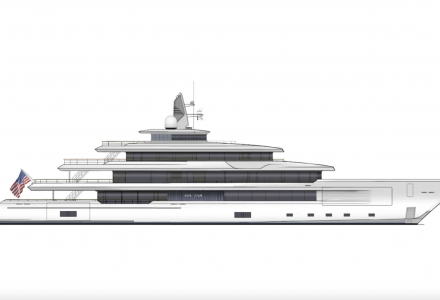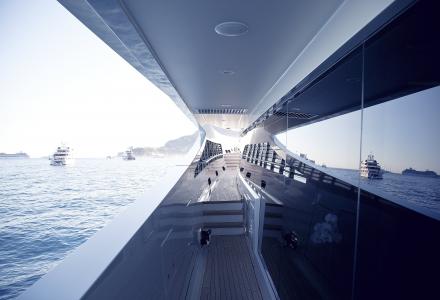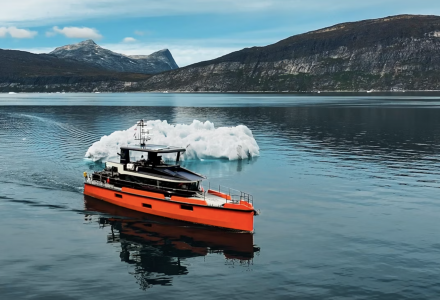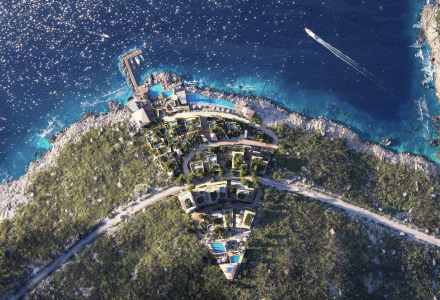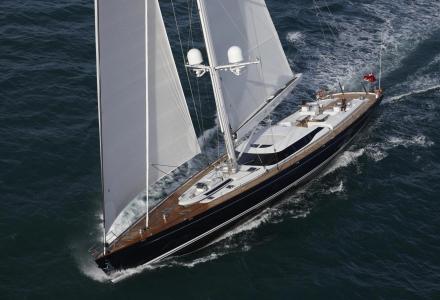A growing number of modern yachts comes equipped with helipads, as helicopters are a convenient, time-saving, stylish and safe means of transportation. The ability to land a helicopter practically anywhere allows easy transportation of superyachts guests to or from the airports or various cities, without wasting time in heavy traffic.
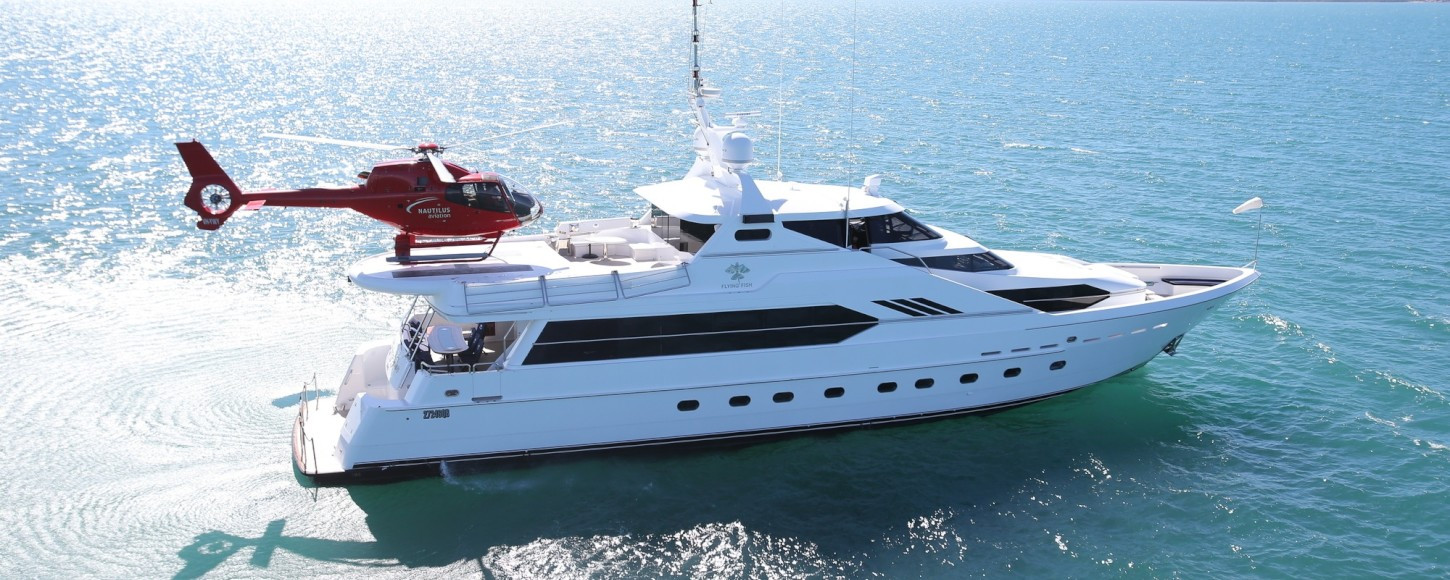
One of the main advantages of having a helicopter on-board of yacht, is a significant time-saving feature due to the quick delivery options. Additionally, extreme sports enthusiasts can enjoy helicopter water skiing, some owners even pilot their helicopters. What is more, a helicopter facilitates the evacuation of sick or injured passengers when needed. Another important fact is that helicopters are environmentally friendly and considered one of the most quiet vehicle type.
To comply with the aviation rules and codex, helicopter-constructing companies work closely with yacht designers, which allows a helipad to be integrated into yachts’ outlines at the very beginning of construction, with the best on-board positioning.
It is worth mentioning that a yacht can house practically any helicopter model on-board, provided that the size of the vessel allows a helipad at all. From the historical perspective, the 36.6-metre Buckpasser motor yacht, built in 1985 at the Hitachi-Zosen shipyard, was one of the very first yachts to boast a fully-functional helicopter landing zone.
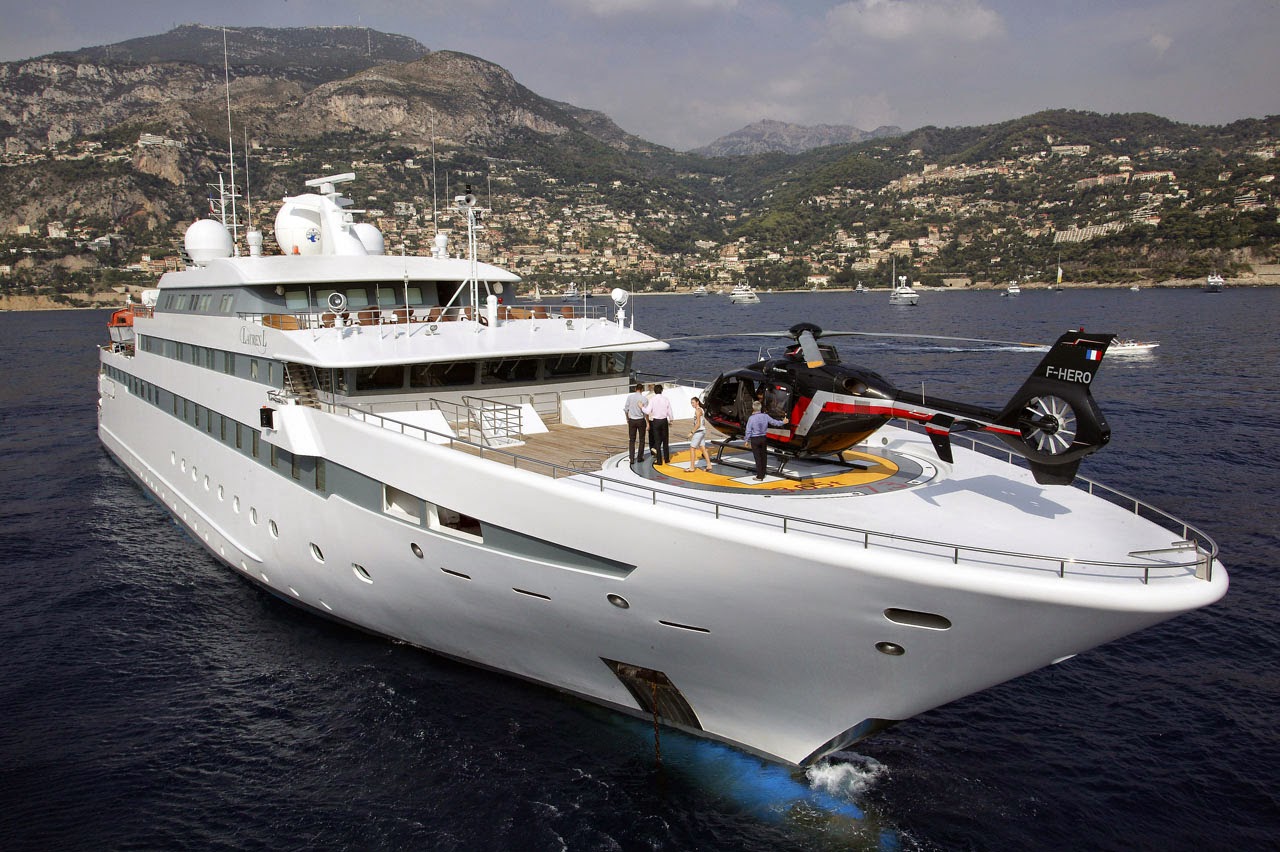
There are two approaches to landing a helicopter on a yacht. The first one can be described as touch-and-go. Those helipads are used only for non-commercial operation, and there are no standards and rules for it. The second approach, called fully-certified or commercially-certified, is far more common though. The basic rules governing the design, construction and operation of such sites are listed in the Commercial Yacht Code of the Maritime and Coastguard Agency. In addition, international aviation regulations require that all commercial air transport helicopters should land on certified helipads, or in this case a helicopter deck, which must be built according to certain standards.
This way, landing a helicopter requires a fairly large space on a yacht. In many cases, a folding fence is used, as well as a removable safety net and flush-mounted lighting. Sometimes when a helicopter is employed, the yacht itself operates differently. For example, a hardtop on a 50-metre Westport Vango yacht folds up to 90 degrees, creating extra clearance, and also blocking the interaction of air flows between the rotor of the helicopter and the mast of the yacht.
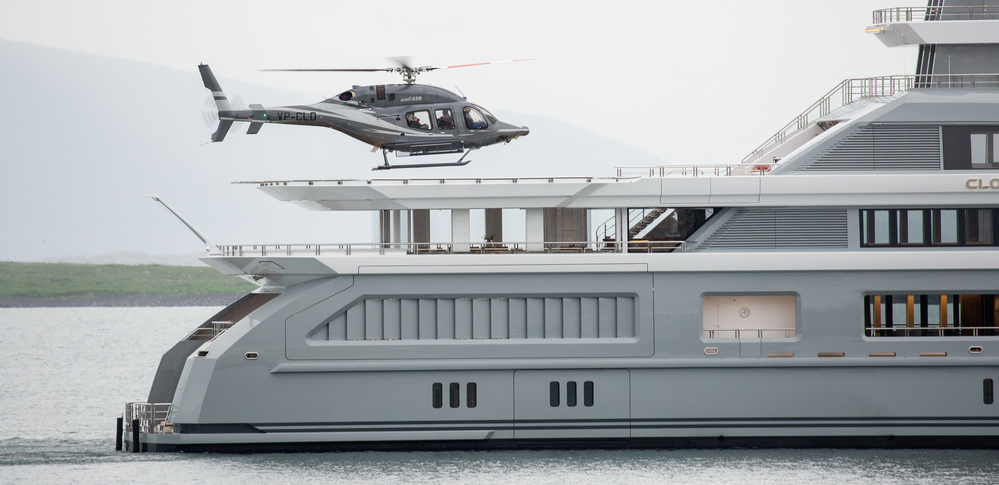
The location of the helipad is usually determined by the aesthetics of the yacht design, and not by the potential hazards of turbulence and movement. Whether the owner chooses to locate it on the bow of the ship or at the stern, it has a strong influence on the layout of other decks. The bow position influences the structure less and provides a landing when the stern decks are used to relax the guests. However, landing there is generally not possible when the boat is moving.
As to the optimal size of the helipad, first of all, as a rule, helipads can appear on yachts not shorter than 45 meters LOA. For the helipads, designers have coined a term “non-obstacle length,” meaning a helipad should be 1.25 times longer than the tail rotor and the main rotor of the helicopter.
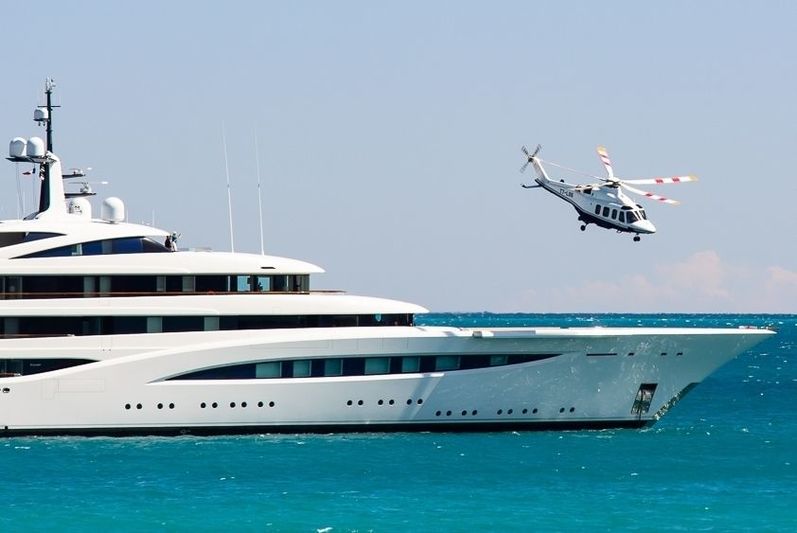
All in all, it is important for designers and shipbuilders to seek advice from aviation professionals as early as possible in order to avoid difficulties or make costly changes. It is also significant to keep in mind, how the owner plans to use a helicopter. For example, whether he or she needs to fly at night, or whether a helicopter requires maintenance or refuelling facilities on-board.
